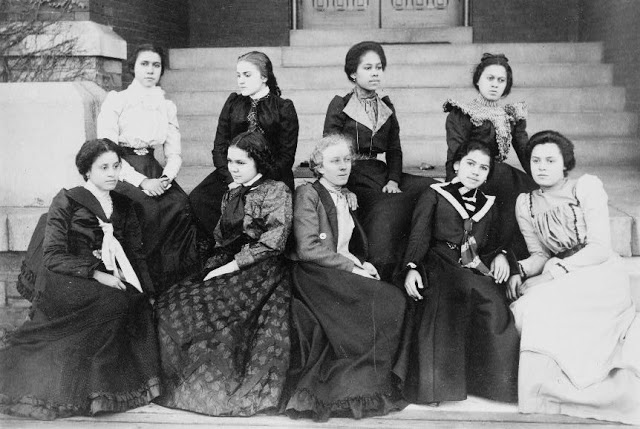DANCE AND MUSIC
The 1920’s were a very fun and optimistic time. The dances and the music that evolved during this time reflected this attitude. The dances and music were very energetic, and formed a way for people to find a release from the stresses of life. Jazz music made its appearance in the 1920’s and the dances that came about were a response to the upbeat and fun music that jazz and ragtime offered. With radios and phonographs available to the people, they would often watch the Hollywood stars on T.V. dance these new dances and would follow along while they played music their phonographs. In the decades shortly before the 1920’s dances like the Tango and Waltz were considered inappropriate because of the close partner contact during the dance. By 1920 close partner dancing became normal to Americans. The Lindy Hop, one of the most popular dances in the 20’s and 30’s, was the first partner dance that consisted of swinging the partner in the air. Other popular dances of this time consisted of the Grizzly Bear, the Shimmy, the Foxtrot, the Toddle, and the most influential dance, the Charleston. These dance styles consisted of impressively fast footwork, movement of the torso, and tossing their arms and legs in a reckless motion. The Charleston is still one of the dances today that characterizes and epitomizes the flapper era dance. Because of the Charleston’s extreme popularity, choreographers and teachers were inspired to create new dance fads to keep up with the public craze for dance novelty. The attitude and atmosphere of the 20’s felt like the good times and the happiness of this era would never come to an end. But as history shows, what comes up, must comet down. In the fall of 1929 the happy-go-lucky atmosphere of the roaring twenties diminished in an instant when the stock market crashed, sending the United States into the Great Depression.[11] So just as fast as the flappers flourished, they diminished as America entered into one of the toughest economical times it has ever seen.



